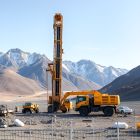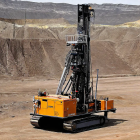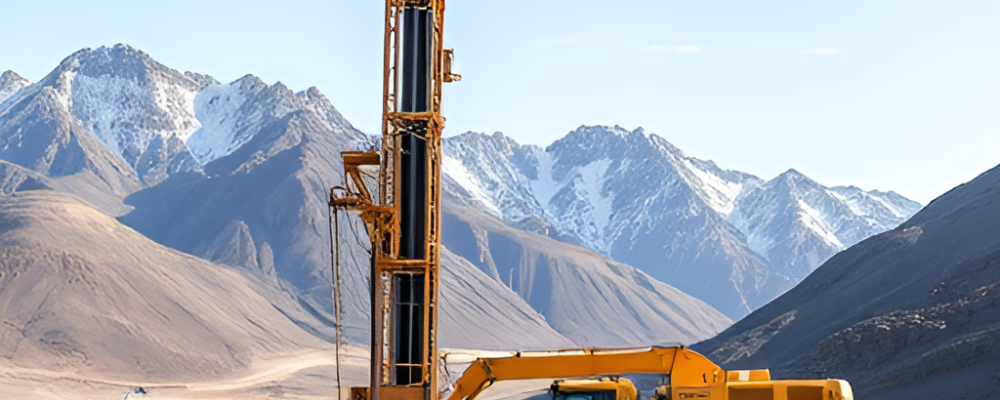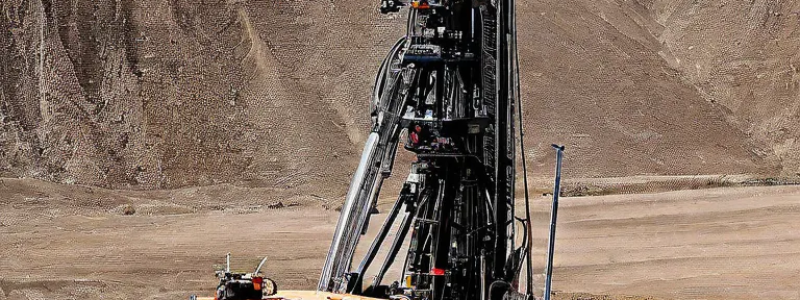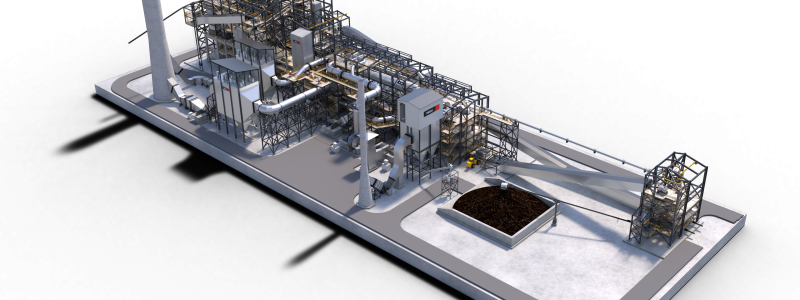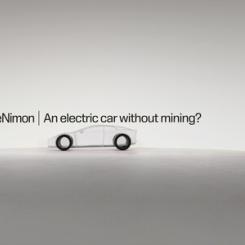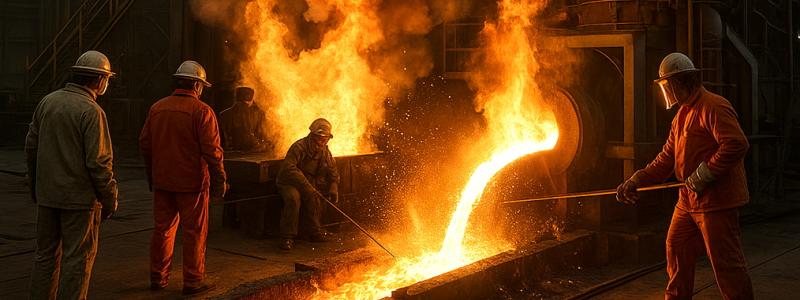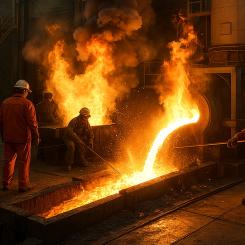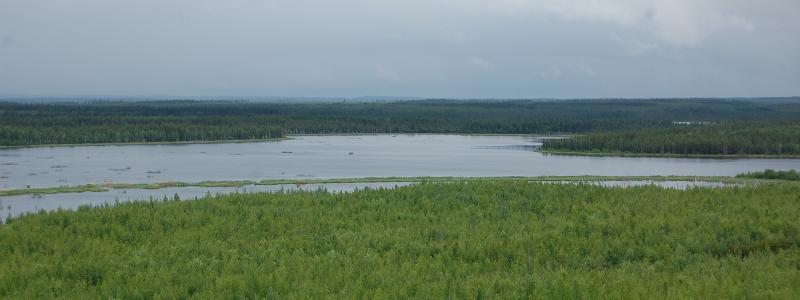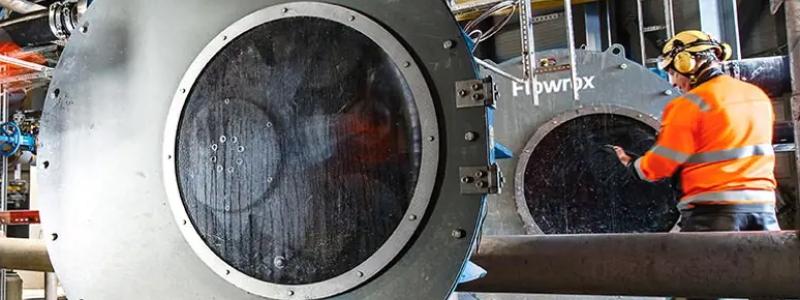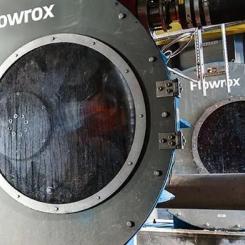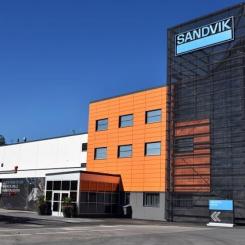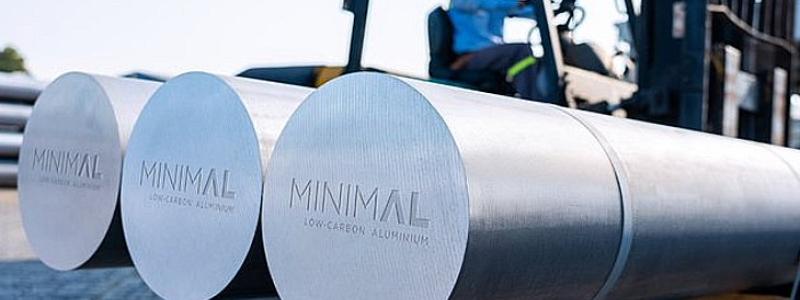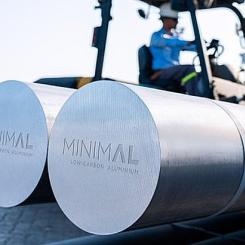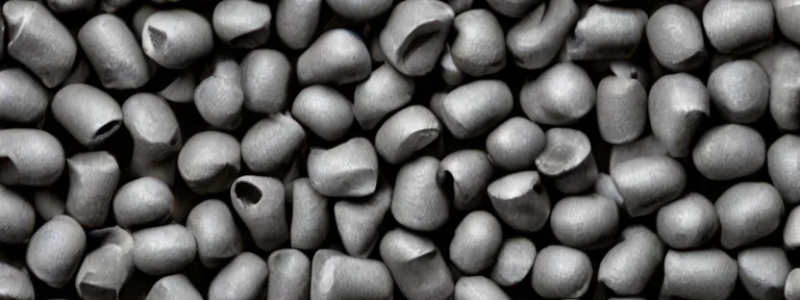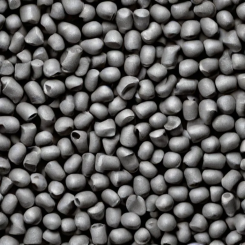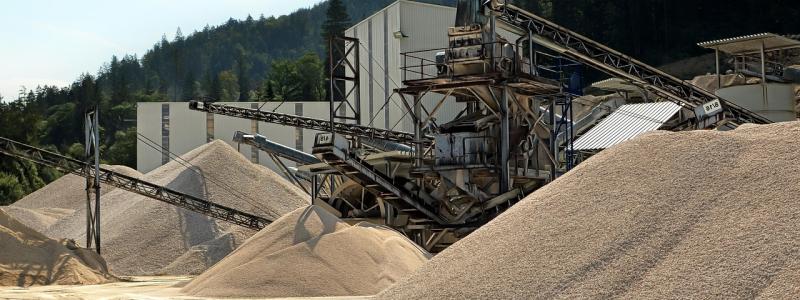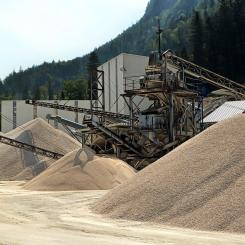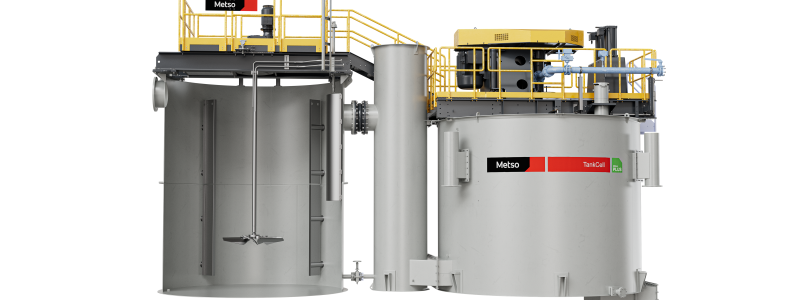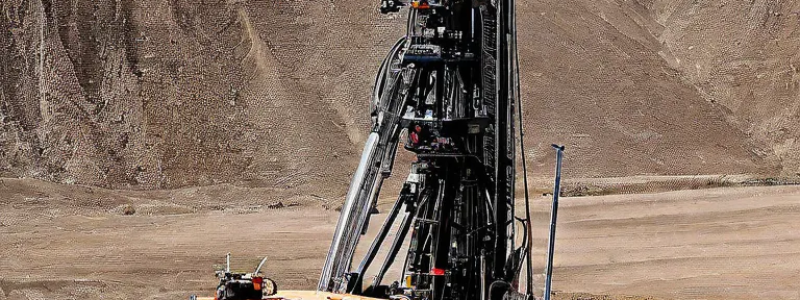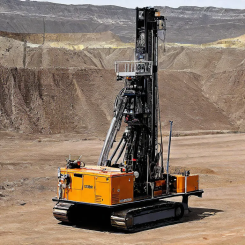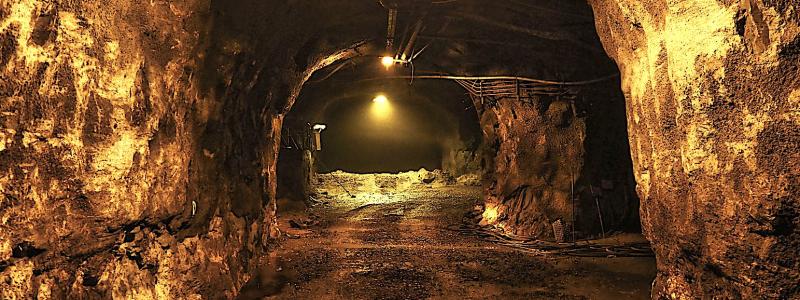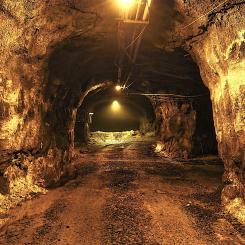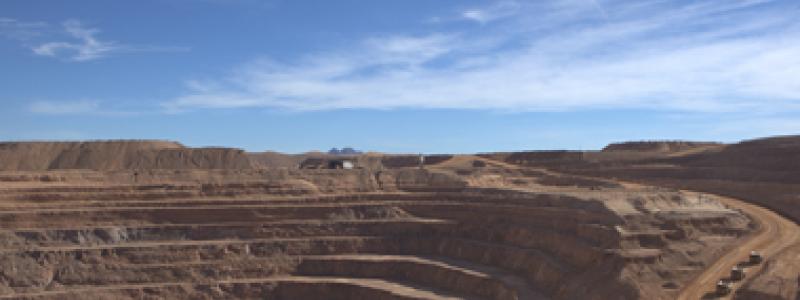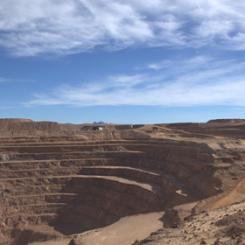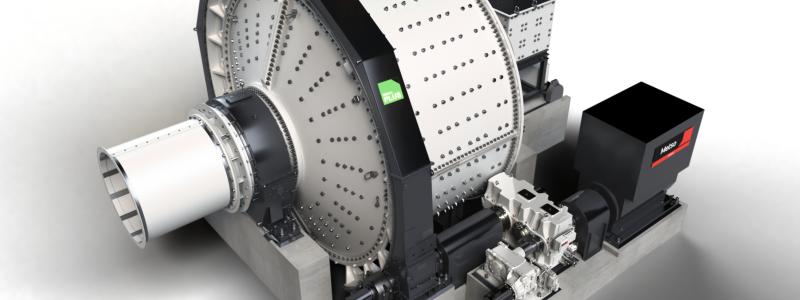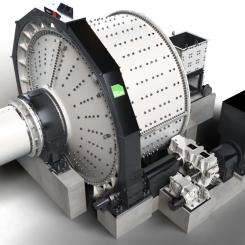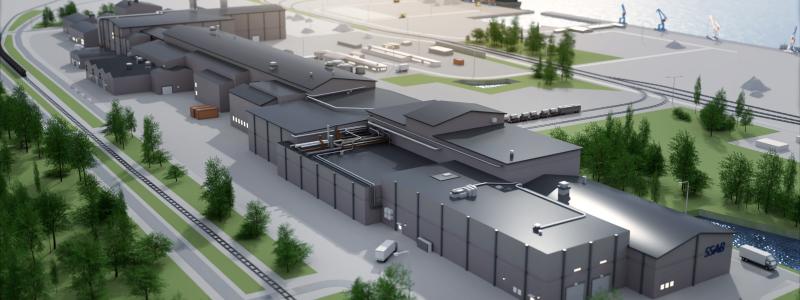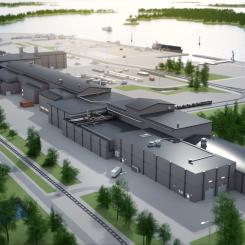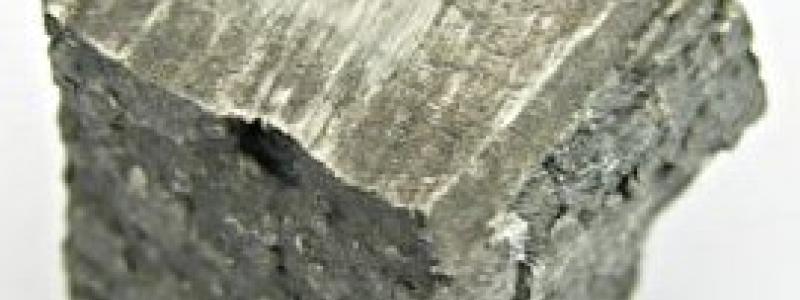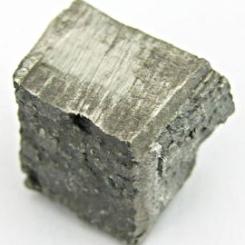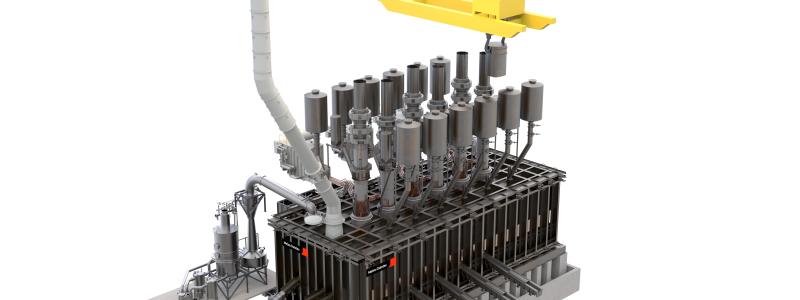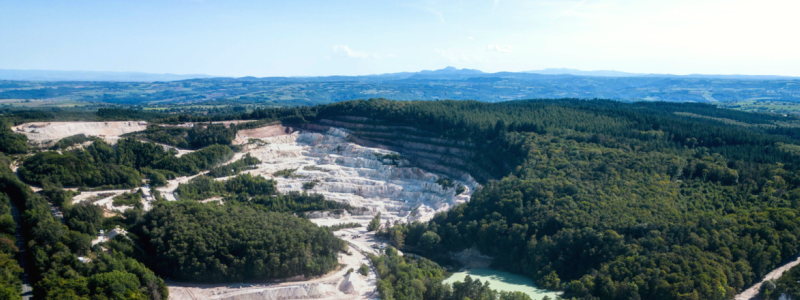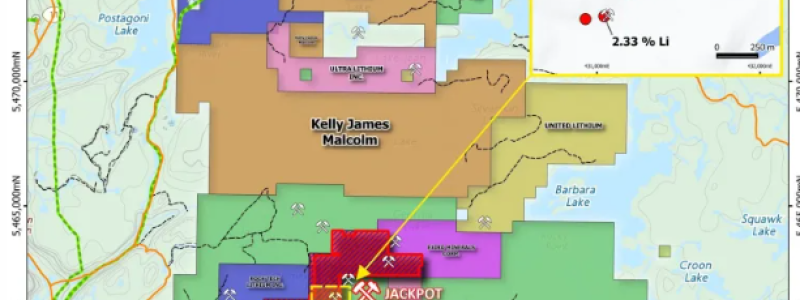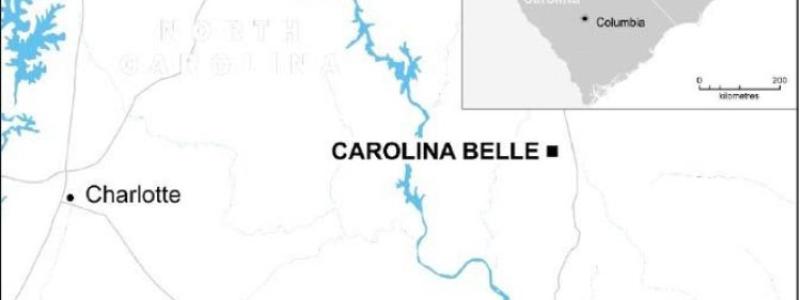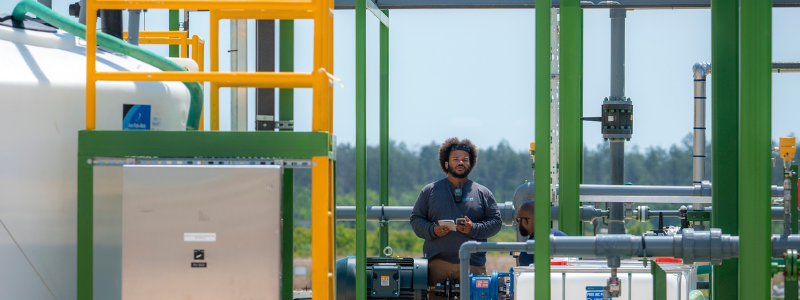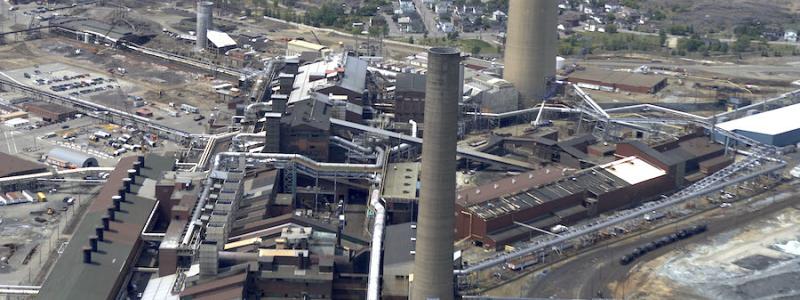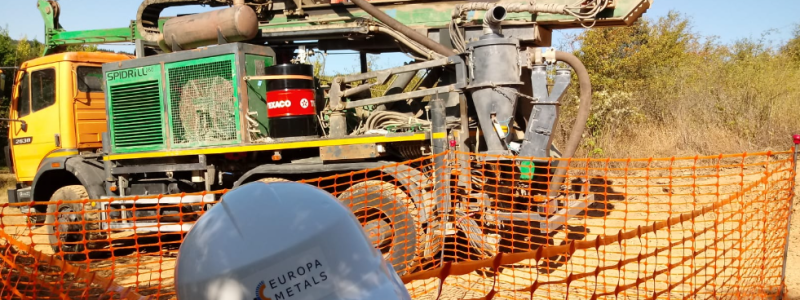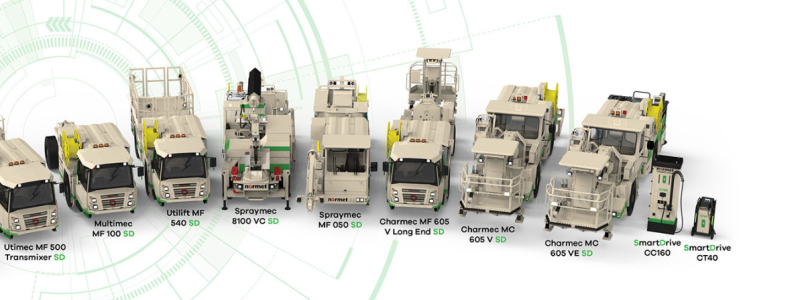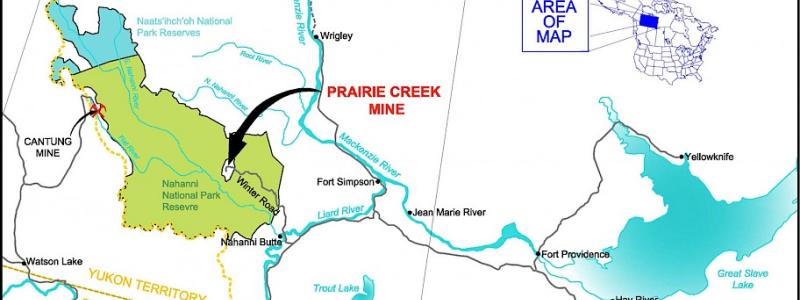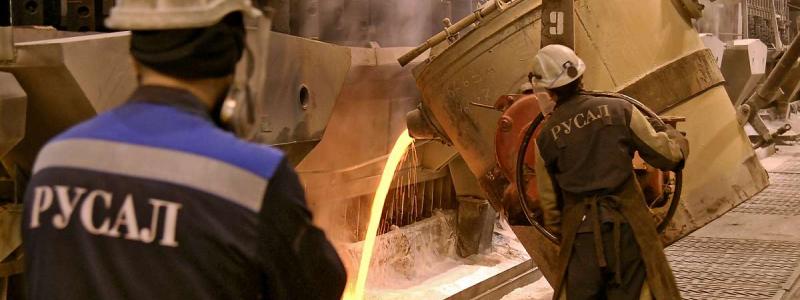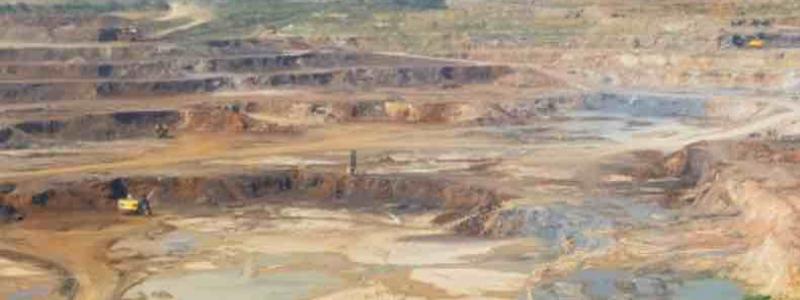Production from world uranium mines now supplies 90 percent of the requirements of power utilities, writes World Nuclear Association in a new study.
Primary production from mines is supplemented by secondary supplies, formerly most from ex-military material but now the products of recycling and stockpiles built up in times of reduced demand.
World mine production has expanded significantly since about 2005.
World Nuclear Association refers to the fact that all mineral commodity markets tend to be cyclical, i.e. prices rise and fall substantially over the years, but with these fluctuations superimposed on long-term trend decline in real prices, as technological progress reduces production cost at mines. In the uranium market, however, high prices in the late 1970s gave way to depressed prices in the whole of the period of the 1980s and 1990s, with spot prices below the cost of production for all but the lowest cost mines. In 1996 spot prices briefly recovered to the point where many mines could produce profitably, but they then declined again and only started to recover strongly late in 2003.
Nevertheless the quoted 'spot prices' apply only to marginal trading from day to day and in recent years have represented about one-quarter of supply. Most trade is via 3-15 year term contracts with producers selling directly to utilities at a higher price than the spot market, reflecting the security of supply. The specified price in these contracts is, however, often related to the spot price at the time of delivery. However, as production has risen much faster than demand, fewer long-term contracts are being written.
In 2000, primary market participants - utilities and producers - accounted for 95 percent of the spot market. That share decreased to two-thirds by 2005 and one-third by 2011. The rest comes from the financial community, namely traders and financiers who have moved in on the market, binging greater liquidity and efficiency.
- The reasons for fluctuation in mineral prices relate to demand and perceptions of scarcity. The price cannot indefinitely stay below the cost of production, nor will it remain at very high levels for longer than it takes for new producers to enter the market and anxiety about supply to subside, says World Nuclear Association.
Supply:
Mines in 2016 supplied some 74,000 tonnes of uranium oxide concentrate (U3O8) containing 62,850 tU, almost all the utilities' annual requirements (see also information paper on World Uranium Production). The balance is made up from secondary sources including stockpiled uranium held by utilities, and in the last few years of low prices those civil stockpiles have been built up again following their depletion about 1990-2005. At the end of 2014 they were estimated at almost 100,000 tU in Europe and the USA, about 74,000 tU in China, and about 45,000 tU in the rest of east Asia.
The perception of imminent scarcity drove the spot price for uncontracted sales to over US$ 100 per pound U3O8 in 2007 but it has settled back to under $20 over the four years to the end of 2016. Most uranium however is supplied under long-term contracts and the prices in new contracts have, in the past, reflected a premium of at lease $10/lb above the spot market.
Note that at the prices which utilities are likely to be paying for current delivery, only one-third of the cost of the fuel loaded into a nuclear reactor is the actual ex-mine (or other) supply. The balance is mostly the cost of enrichment and fuel fabrication, with a small element for uranium conversion.
(Shortened version of WNA study)

